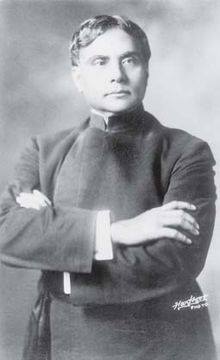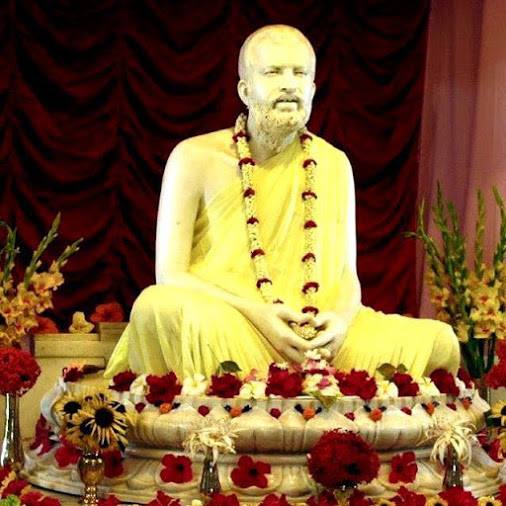The Importance of Samadhi in the Exploration of the States of Consciousness :
Western science recognizes the fact that sense perceptions are bound within limited ranges on both the higher and the lower ends. Thus, science acknowledges that there are colors that vibrate below our ability to recognize them, and those that vibrate above. Ultraviolet and infrared vibrations are two such examples. Science also recognizes that there are ranges of sound beyond what we can perceive as well. It is not therefore a difficult stretch for us to recognize that there are similarly states of awareness that vibrate below or above those that we can actively respond to under normal circumstances. In fact, Western psychology has recognized levels of awareness that are subconscious, particularly starting from the work of Freud and his work on dream interpretation. C.G. Jung created a profound body of work that not only acknowledged subconscious realms, but even unconscious realms, and recognized that the unconscious is not solely an individual phenomenon, but that there is also a “collective unconscious” that all human beings share and are affected by, without their being consciously aware of the influence being exerted upon them. More recently, science has begun to explore superconscient states of awareness.
The sages of ancient India focused considerable attention on the exploration of states of consciousness, and not only did they accept the reality of subconscious and superconscious states of awareness, but they worked out methods of experience to extend and expand the human capacity for interaction on a conscious basis with these states of awareness, and then began to codify these realms.
Sri Aurobindo briefly describes one such system of codifying the states of consciousness and the importance of Samadhi as an entry-point to the levels not part of the normal waking human consciousness: “The importance of Samadhi rests upon the truth which modern knowledge is rediscovering, but which has never been lost in Indian psychology, that only a small part whether of world-being or of our own being comes into our ken or into our action. The rest is hidden behind in subliminal reaches of being which descend into the profoundest depths of the subconscient and rise to highest peaks of superconscience, or which surround the little field of our waking self with a wide circumconscient existence of which our mind and sense catch only a few indications. The old Indian psychology expressed this fact by dividing consciousness into three provinces, waking state, dream-state, sleep-state, jagrat, svapna, susupti; and it supposed in the human being a waking self, a dream-self, a sleep-self, with the supreme or absolute self of being, the fourth or Turiya, beyond, of which all these are derivations for the enjoyment of relative experience in the world.”
Samadhi is intended to block out the normal human states of awareness to allow the consciousness of the Absolute to take over the being. The scriptures speak of the waking state of the normal consciousness being a sleep-state for the enlightened sage who experiences the higher superconscient realms, as a descriptive way of differentiating them.
Sri Aurobindo





Comments
Post a Comment